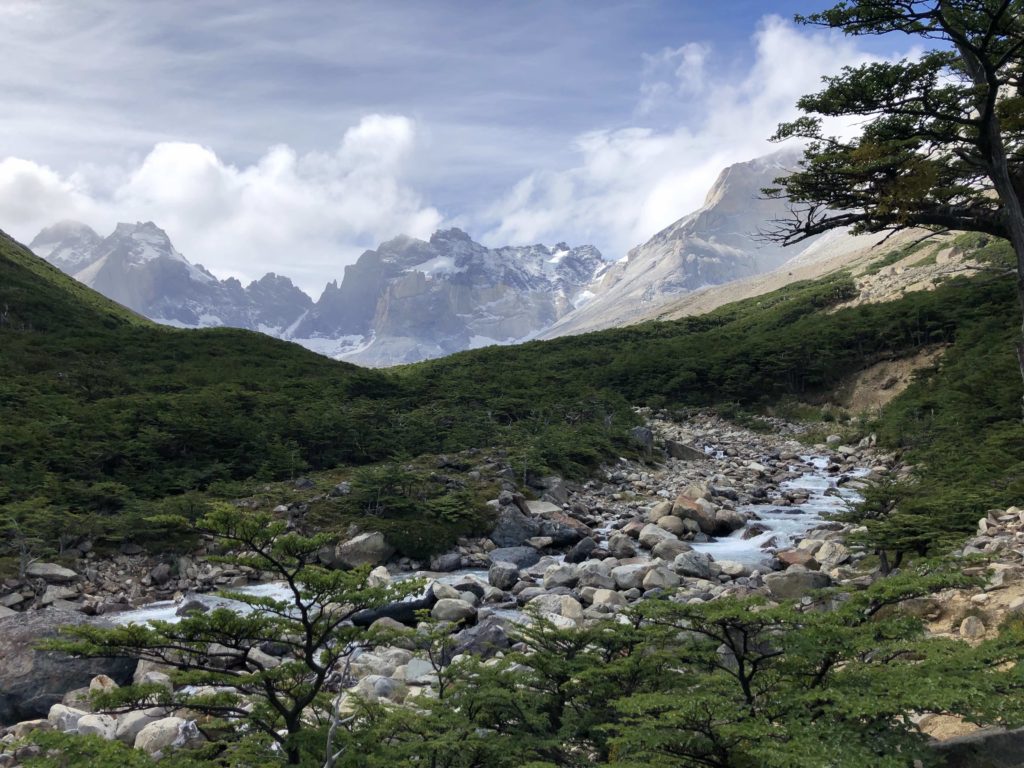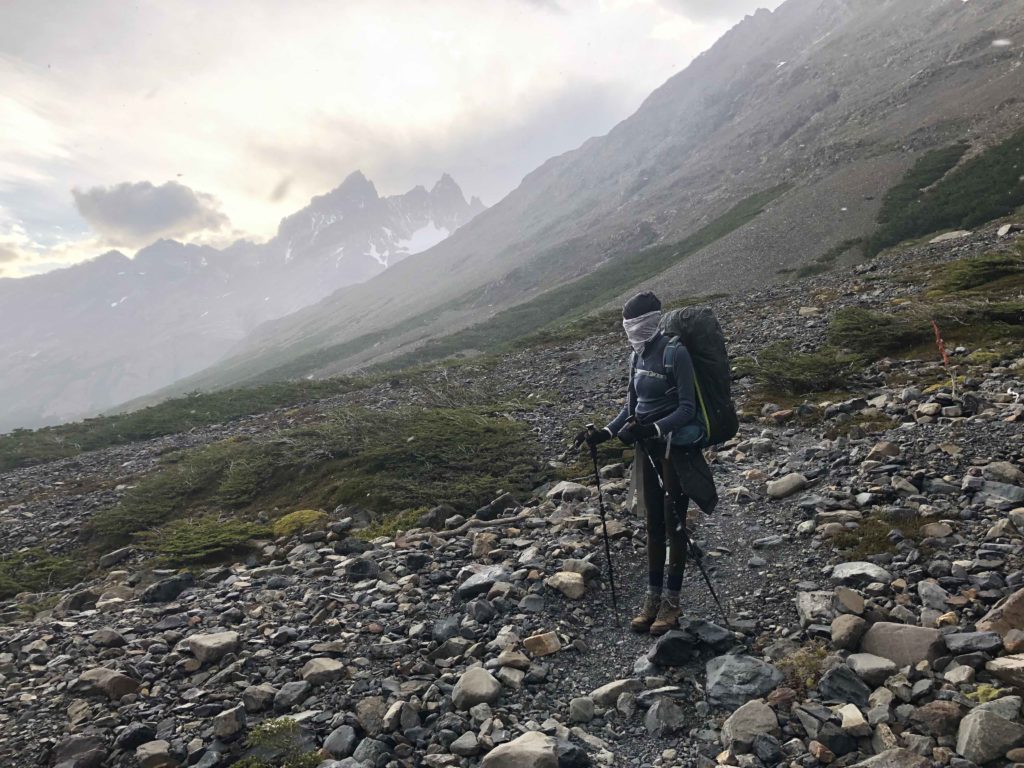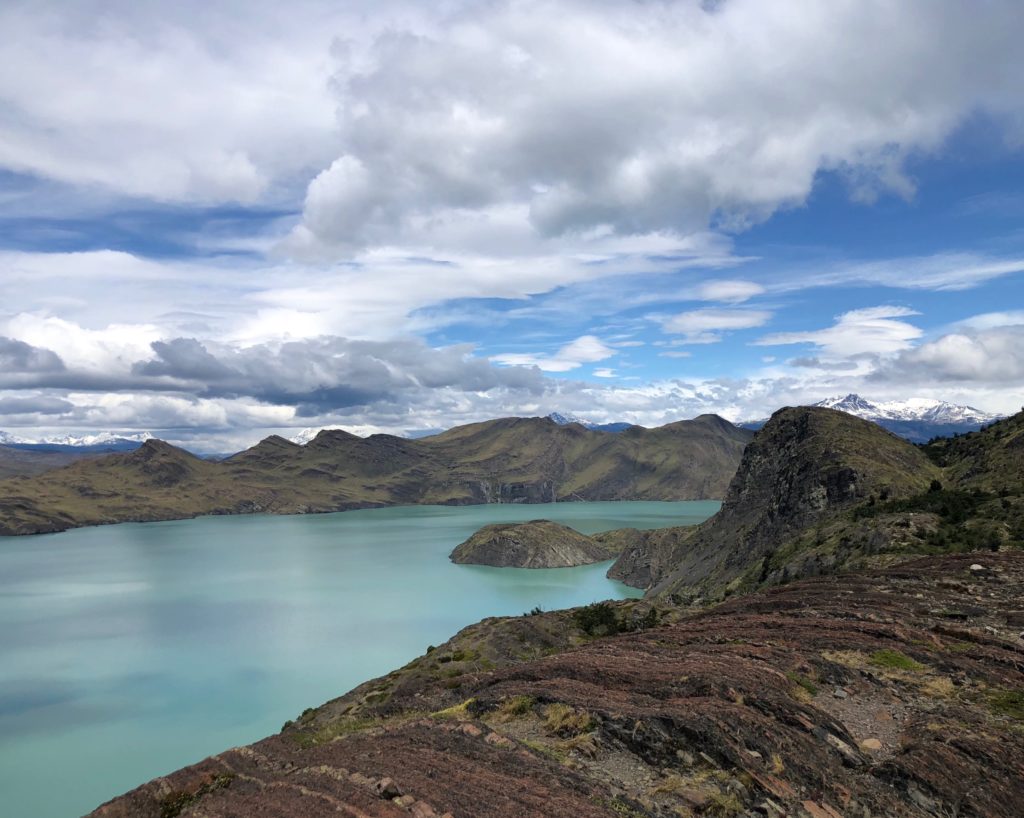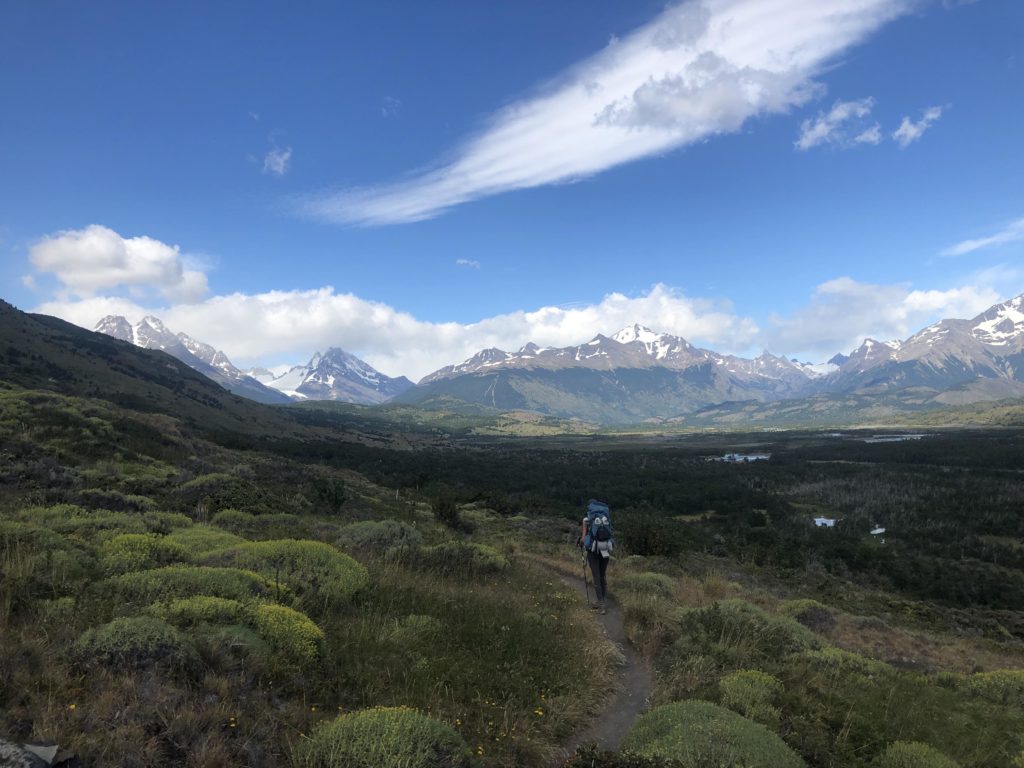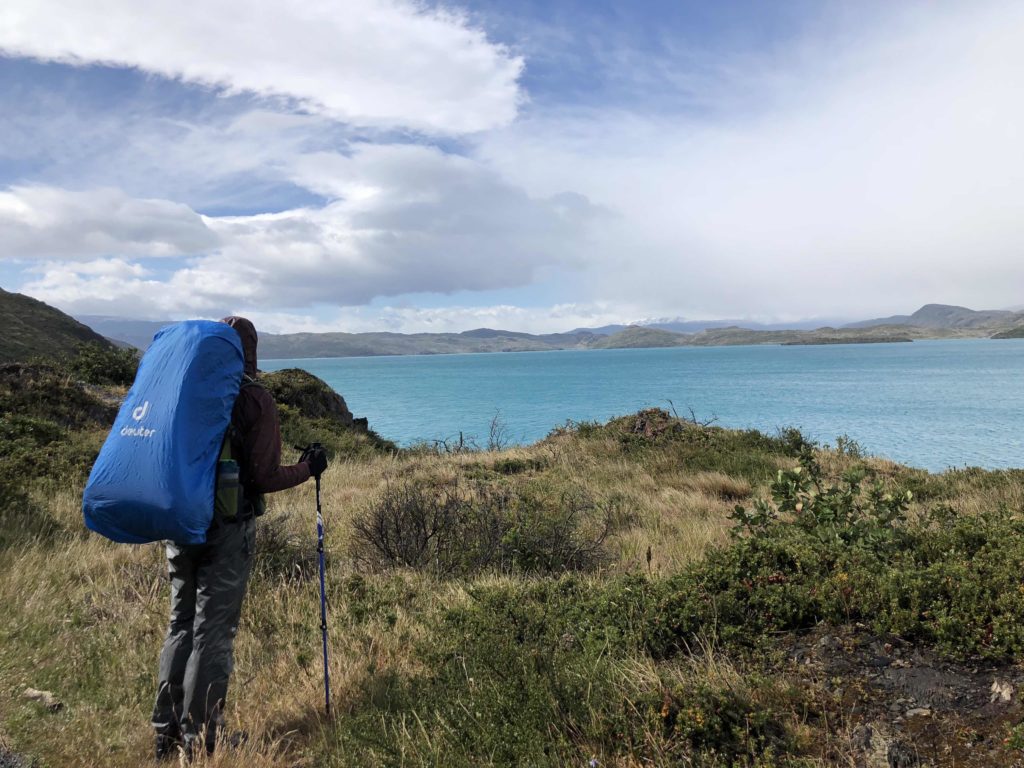Habits are everything. We’re trained in habits from when we were children, including potty training and when to cry and when not to, how to smile and when not to, and all these things become habits. These are all behaviors that we learn and that we then integrate into ourselves. What ends up happening when we’re older is that we’re a collection of thousands, maybe tens of thousands of habits we’re constantly running subconsciously, and they’re internalized. And then we have a little bit of extra brain power in our neocortex for solving new problems. So you become your habits.
Naval Ravikant
Almost anyone who’s achieved success in a particular area of life knows that habits are everything. If you’ve successfully run 20 marathons in your life, it’s not because you’re just genetically a good runner. It’s instead about the hundreds of times you’ve decided to wake up, put your running shoes on, and take that first step out the door. If you’re a good salesperson, it’s not just about your personality. It’s the fact that you’ve consistently done years of quality business development by building and refining the habits of qualifying leads, reaching out to them, and closing deals.
For much of what I’ll write about on this site, whether it’s food, fitness, or focus, habits are the bedrock of success. While eating healthy, getting fit, and avoiding distraction in the age of information overload can seem daunting to many, they’re quite approachable since success in these areas hinges on incrementally better habits executed over time. My goal is not to explore quick fixes, but rather sustainable, long term tactics that we can combine with a mindset shift to create a new, better normal. With this applied to food for example, it’s significantly more valuable to learn how to incrementally build the habits required to make and eat a rock solid breakfast every day than it is to go on a crash diet for 3 months.
Understanding the Habit Loop
While books and articles on habit building are ubiquitous these days, the single most effective and well rounded operating manual I’ve found on the subject is Atomic Habits by James Clear. James has spent nearly a decade studying habit science, putting out great content on his blog, and working with thousands of people to determine what works, what doesn’t, and why. According to James, the anatomy of a habit is as follows:
Cue > Craving > Response > Reward
When you really break it down, any behavior you engage in is a way to solve a problem or change a state of being. When I drink coffee in the morning, it’s to change my state of alertness. When I watch Netflix, it’s so I can be more entertained than I was before watching. When I make sales calls, it’s so I can be more successful and earn a living.
These end states of being alert, being entertained, and being successful are rewards. And they’re highly dependent on dopamine, the main neurotransmitter that surges when we encounter a valuable reward. Humans have developed over millions of years to be reward and value seeking animals. While our ancestors valued basic rewards like food, water, and sex, we’ve now broadened to include all manner of rewards into our value system like money, power, fame, material possessions, status, athleticism, beauty, the list goes on and on.
The main point is that we’re highly sensitive to rewards in our environment. And the greater the reward to our dopamine system, the stronger the craving to get it. What completes the ‘habit loop’ is having a cue that triggers the craving, which then elicits a response based on the expected reward.
According to James Clear, you need all four of these in lockstep for a habit to be executed and repeated. To illustrate, let’s consider the Netflix example. For me, the cue is typically location and time based. If I’m sitting on my couch at the end of a long day and digesting dinner, all of a sudden I have the urge to be mindlessly entertained for an hour. However, I never have this urge when I’m in the middle of a bike ride or halfway through my work day at the office. Even though to some degree I always know the response and reward, the cue is absent when I’m biking or working, so the habit of watching Netflix doesn’t happen at those times.
The Four Laws of Habits
Understanding this habit loop is critical in order to stack the deck in your favor when you decide to either implement a good habit or break a bad one. And stacking the deck is critical because….
A good habit will typically have costs in the short run and benefits in the long run while a bad habit will typically have benefits in the short run and costs in the long run.
James Clear
If you’re a smoker, smoking a cigarette right now feels amazing. But it’s a massive cost in the long run to your health. On the flip side, brushing your teeth and flossing every day might feel like an annoying waste of time right now, but it gives you peace of mind that you might save tens of thousands of dollars on route canals later in life.
One thing that’s critical to remember is that many of the topics I’ll discuss on this site require just an ounce of prevention to avoid many pounds of cure later. When I’m doing mobility in the morning, brushing my teeth, or making myself a quick healthy meal, I always get myself in the mindset that it’s worth it to dial in the right daily habits now in order to let compound interest accrue in terms of my health that will pay off down the road.
Understanding the elements of the habit loop, we can move on to discuss Clear’s 4 Laws of Creating Good Habits. These all parallel the four elements of the habit loop, as shown below
- Make it Obvious – Cue
- Make it Attractive – Craving
- Make it Easy – Response
- Make it Satisfying – Reward
Make it Obvious
The more obvious you make something, the more likely it’ll be that you do it. A huge amount can be accomplished just by adjusting your environment and intentionally putting something in your field of vision. In one study, the amount of water purchased in a cafeteria compared to soda massively increased just by adjusting where water bottle displays were placed throughout the room.
So make it obvious. If you want to go to the gym in the morning, pack your gym clothes the night before and put your keys on your gym bag. If you want to eat more filling snacks rather than junk food, keep almonds, carrot sticks, or beef jerky on your desk.
One way I make things obvious for myself is using what James Clear refers to as ‘implementation intentions.’ This is essentially making a pact with yourself that you will do something in a specific place at a specific time. For me, it’s as simple as putting things on my calendar. Either leading into a week or at least one day in advance, I add my workouts with the specifics of what I’m going to do to my calendar. Whether it’s a TRX class, swimming, or a HIIT circuit at my apartment, it’s visually part of my day every time I look at my calendar. This simple idea is extremely powerful if you’re able to get into a mindset where you treat these appointments as sacredly as you would a work meeting or dinner with a friend. They’re appointments you make with yourself that you do not break unless an emergency comes up. This system also works extremely well for scheduling blocks of time where you do business development, deep work, writing, reading, or anything that involves an appointment with yourself.
In order to break bad habits, just invert ‘make it obvious.’ If you find yourself watching TV in bed and want to read more or sleep better, don’t just gut it out and relay on willpower. Take the TV out of your bedroom and better yet, give it away or sell it and just use the one in your living room.
Make it Attractive
When it comes to the craving aspect, attractiveness is where dopamine hooks us. Studies have even found that dopamine spikes before a reward comes, as is the case when someone simply sees pictures of calorie dense processed food. The same thing happens when you see an Instagram banner pop up and feel the urge to check (response).
I get the same hit every time I see the HBO intro logo pop up before a show thanks to years of Entourage, The Sopranos, and Game of Thrones. They’re habit geniuses to play a soothing bong noise while showing you their logo and then jumping straight into a slick opening theme with catchy music in all of their shows. Now when I even just see the HBO logo, I’m conditioned to want to watch one of their shows.
So the question becomes, how do we create a craving for good habits? This can be a challenging element since I discussed how most good habits can be costly in the short term, which naturally makes them less attractive. In an MRI of brain activity, people’s reward centers light up when they see pictures of pizza and ice cream, not broccoli and brussels sprouts.
Similar to how environment is crucial for cues (make it obvious), it’s also a key element to make something attractive. This is where the ‘you’re the average of the 5 people you hang out with’ rule comes into play. If your friend group likes to eat pizza, drink beer, and watch TV five nights a week, that will be the ‘attractive’ thing to do to fit in, which is a big component of our value system as social creatures. However if your friend group likes to rock climb on week nights and mountain bike on weekends, odds are being lean, strong, and kicking ass at those two things will be attractive to you. For health, this doesn’t mean you need to be a jock either. If your group of friends has a photo share and text thread about healthy vegan recipes, odds are you’ll cook more and eat healthier. And if you have a membership at a pottery studio, you’re more likely to go often, enjoy the deep single task focus it provides, and get better by learning from the people around you.
If you’re friends aren’t super healthy, I’m not saying you should ditch them. Instead, just try to incrementally leverage healthier environments. If you enjoy running, join a running group. If you want to be a better cook, take a healthy cooking class. Be open. Try to connect with people who enjoy the things you aspire to. In an age where we’re falling deeper and deeper into screens, this re-discovery of connecting with like minded people in person may be the next generation’s greatest challenge. But the rich conversation and sense of well being is so much more fulfilling and rewarding than trying to go it alone on goals or just learn everything through the internet.
Make it Easy
The easier a response is to be performed, the more likely it’ll be initiated on a regular basis. This lack of friction is a staple characteristic of consumer facing companies that rely on your time, attention, and dollars. You can buy things on Amazon with one click. Instagram use is powered by super simple swipes and double clicks. Netflix and YouTube now autoplay videos so you can start the action of watching without even physically doing anything. ‘Fast’ food was built on the premise of getting something delicious quickly and easily.
When it comes to building good habits, this is where ‘incremental’ is key. Since cues are so important over time to building habits, just doing anything as a response is good enough to get you started. This is where James Clear implements his ‘2 Minute Rule’ in which he urges people to start by performing a habit for just two minutes that they’re trying to eventually repeat on a regular basis. For me, this could be two minutes of stretching in the morning, a two minute walk to clear my head and reset between blocks of work, two minutes of sales calls, or reading a book for two minutes before bed.
At first, this may seem useless and ineffective. But stick with it long enough and it’s surprisingly effective. Every day, I now do a 10 minute mobility routine after waking up, 60 minute blocks of sales calls during the day, and 15 minute walks where I get some sun, practice being present, call a friend, and clear my head for the rest of the work day.
For bad habits that you want to break, you want to increase friction and make it harder. Processed food is tempting enough at work or restaurants, so I never buy it at the store to keep it out of my apartment. I don’t trust myself with Instagram, so whenever I want to post, I download the app, post, and then delete it again to increase friction.
Make it Satisfying
The final piece of the puzzle in the habit loop is the reward. If a reward doesn’t come often or powerfully enough, the habit won’t stick. When it comes to reward, one thing we’ve discovered is that we’re much more likely to get ‘hooked’ on something when the prize is variable rather than consistent. In the 1950’s, the father of behavioral psychology, B.F. Skinner, did a now famous study involving pigeons. He found that while they were enticed by food to perform a certain action, they were much more excited when they received the food occasionally but not all the time after performing the action.
Entire industries have been built on this premise of variable reward. Slot machines provide variable reward, as does Instagram or Facebook when you log in to see what and how many notifications you have. Everyone knows the feeling of posting an IG pic then logging in over the next few hours to see who liked and commented. Sometimes you see a lot of likes, sometimes a little, and there’s a massive pull to keep logging back in frequently.
One way I’ve found that you can harness this effect for good is with exercise and sport. The key, however, is finding things that allow for building skill and ability over time. Think about tennis, running, or even a workout program like CrossFit. If you’re trying to improve, the process involves constantly learning, as well as good days and bad days. You crush some workouts and feel on top of the world while others are a challenge. Some days when I play tennis, I’m on fire and can’t miss. Others, my timing is off. This is variable reward in action. And the good days keep you coming back for more.
If you want to harness this effect, you can’t simply go watch TV on a treadmill while running for the same amount of time at the same speed every week. This might work for you, but variable reward won’t keep you coming back. To make it satisfying, find something that involves incrementally building skill and improving. To double down on this, use the ‘make it attractive’ strategy of joining a group, club, or class to stay motivated and build skill even faster.
Summing Up
While the 4 Laws of Behavior may not apply to everything in life, they come pretty darn close, which makes it a powerful framework. With anything in life that you’re trying to build or break, use the following short hand:
When Trying to Build a Good Habit…
- Cue – Make it Obvious (Gym bag packed and next to the door)
- Craving – Make it Attractive (Join a running group of people who value fitness)
- Response – Make it Easy (Start by doing anything difficult for 2 minutes and build from there)
- Reward – Make it Satisfying (Harness variable reward with positive habits)
When Trying to Break a Bad Habit…
- Cue – Make it Hidden (Remove all junk food from the house)
- Craving – Make it unattractive (Keep in mind the health consequences of eating badly)
- Response – Increase friction (Delete Instagram every time you post so you have to download it again if you want to check anything)
- Reward – Make it Unsatisfying (Keep tallies of bad habits to truly reveal how often you do them)
Deep Dive…
James Clear on the 3 R’s of Habit Change
Atomic Habits – James Clear
Hooked – Nir Eyal
To get a weekly email with my favorite books, articles, and resources with no spam ever, please subscribe below


